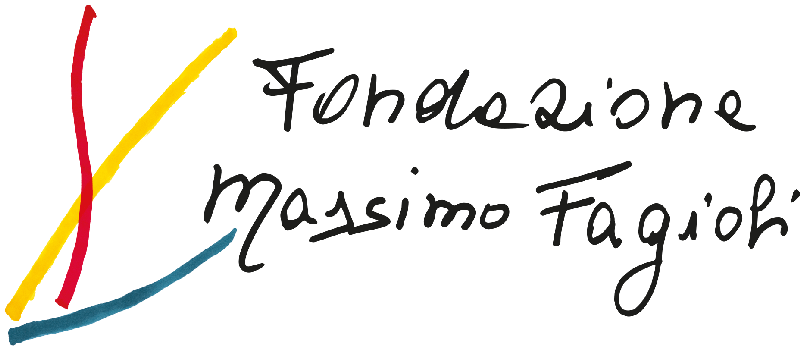The aim of this short work is to piece together, from both a chronological and a theoretical point of view, Massimo Fagioli’s approach to the praxis of group therapy as it represents, since 1975 and for 41 years, the pillar of his methodology.
The observation from which we start is apparently paradoxical: in death Instinct and knowledge group therapy is not even mentioned while there are many occurrences of individual therapy, so that treatment episodes are used to discuss transferal dynamics and interpretations. While piecing together Fagioli’s training, anyways, his increasing interest for group therapy appears clearly since the ’60 with the “insuline group” and is carried on with enthusiasm at Kreutzlingen therapeutic community where he chooses to manage a group of severe patients with the only help of a social assistant, without nursing support, working for a condition of patients’ complete self-government.
The reports from this absolute cutting-edge experience such as meal management or new patients’ admissions discussed within the group, the latter being brought to a community in Rome and well described in a fine interview to “The Giorno” in 1965, are still surprising today and encourage our understanding.
We focus our discussion on the time span from 1960 to 1975, the year group therapy resumes in a totally unexpected and original way.
The group spontaneous formation in 1975 as well as the therapist’s reply in letting psychoanalists leave while receiving an unknown multitude, look like clear signals of a fundamental realization: Fagioli goes beyond, and transforms into knowledge, the intuitions he used to have about the validity of the group so that he faces and manages it in a completely different manner.
In these years two main events, extremely diverse but tightly linked, take place.
The clash with the psychoanalytic theory and praxis, carried on by facing and understanding, from the inside of all the analytic training, the limits of freudism. The clash will end up in 1976 with the expulsion from IPS.
The formulation of the new theory on human nature which focuses on the dynamics of birth, considered the matrix of human beings’ libidinal and affective possibilities, and on the discovery of annulment pulsion considered the matrix of the most severe mental disease and violence among human beings.
As to say, these two events represent, on one side, the absolute resistance to an ideology which proves over time to be more and more oriented towards normalization of individuals rather than towards their freedom, and, on the other side, the formulation of a thought which give back the hope for an idea of sociality and new possibilities given the fundamental nonviolence of human beings.
Furthermore, these events lead to the writing of Fagioli’s first three books and to the possibility and capability to resume and transform group psychotherapy in an absolutely original manner. Its features evolve in the following 41 years and its most profound contents it is our duty to discover in the years to come.
Bibliography
- Anzillotti, C. Psicoterapia di gruppo a Padova Sogno della Farfalla n.1 2010 pag.60-62
- Bion, W. (1961). Esperienze nei gruppi. Roma: Armando .1Florio, F. (2002). Psicoterapia di gruppo: un percorso storico, Sogno della Farfalla, 1-2002 pag.15-42
- Ellenberger, H.F. (1970). La scoperta dell’inconscio. Storia della psicoterapia dinamica Torino: Bollati Boringhieri . 1996 pg-46
- Fagioli, F. a cura di (2001). Problemi di psicoterapia nel 1962-1963: un dibattito, AA VV Sogno della Farfalla, 1-2001 pg 25-99
- Di Maria, F. Lo Verso, G. (a cura di) (1995). La psicodinamica dei gruppi. Milano: Raffaello Cortina
- Fagioli, M. Insulinoterapia e psicoterapia di gruppo: valore psicoterapeutico del “senso della schizofrenicità Sogno della Farfalla n.1 2010 Pag 11
- Fagioli, M. (1972, 2017), Istinto di morte e conoscenza L’Asino d’oro edizioni, Roma
- Fagioli, M. (1974, 2011) La marionetta e il burattino. L’asino d’oro edizioni
- Fagioli, M. (1974, 2012) Teoria della nascita e castrazione umana. L’asino d’oro edizioni
- Fagioli, M. (1974, 2013) Bambino, donna e trasformazione dell’uomo. L’asino d’oro edizioni
